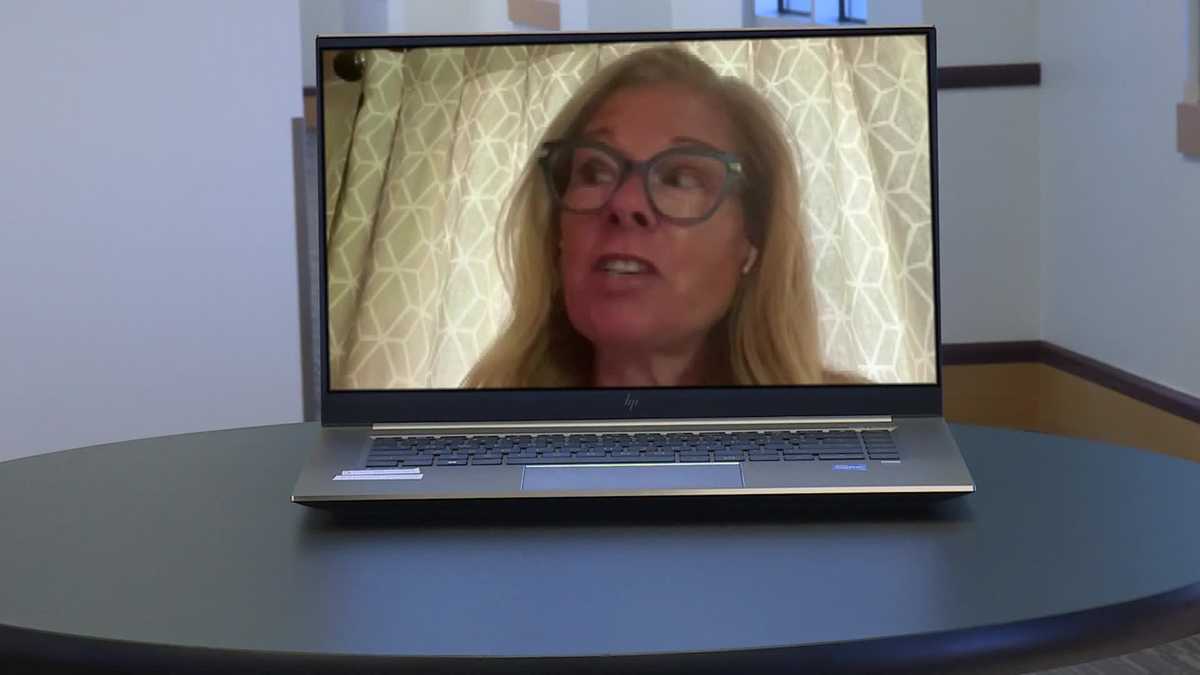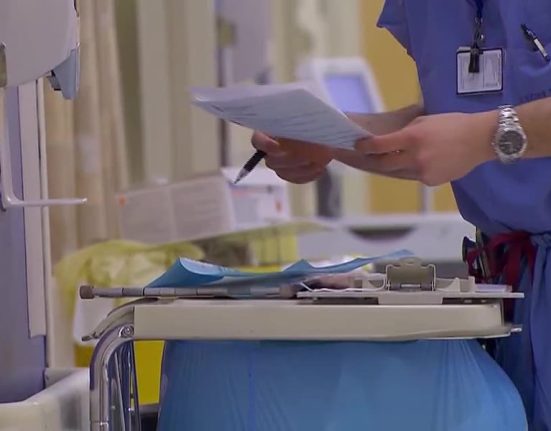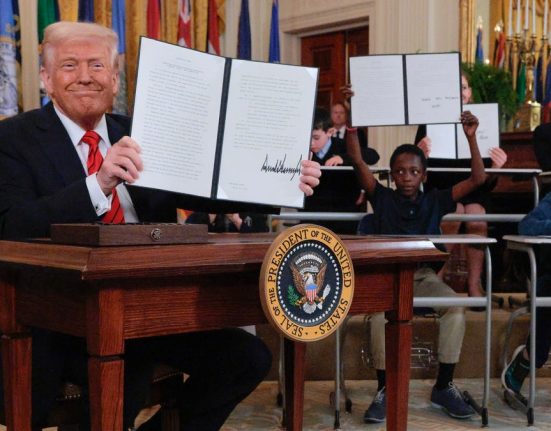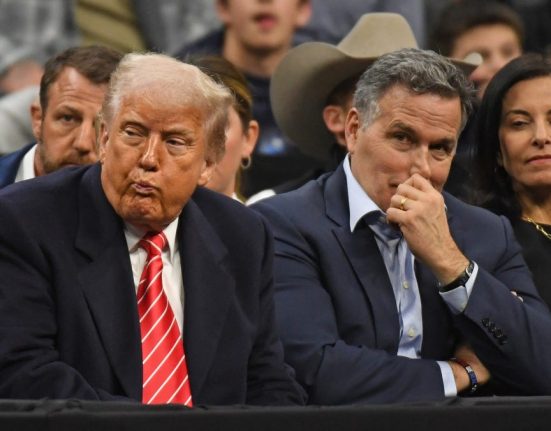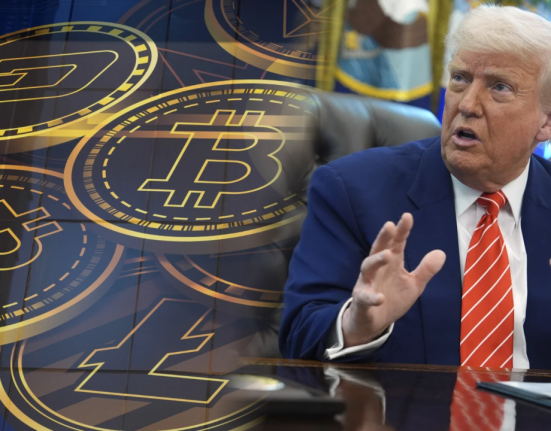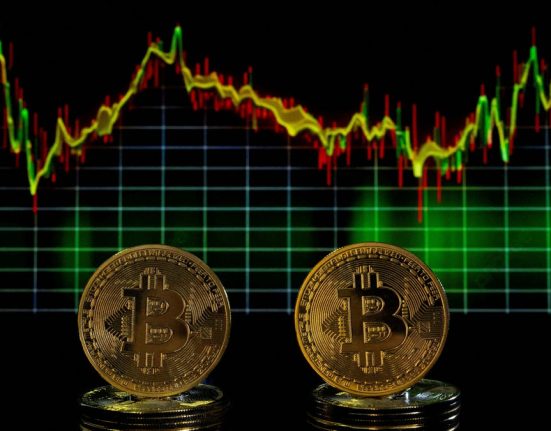Much of the discussion around President Donald Trump’s sweeping tax and spending bill, which he signed into law on the Fourth of July, has focused on big-ticket items like tax cuts and Medicaid. But a less flashy provision tucked into the bill could affect health care, too.The “One Big Beautiful Bill Act” includes a section capping federal student loans for graduate school at $20,500 per year, with a cap of $100,000. The cap is $50,000 per year and $200,000 total in borrowing for professional programs, including medical and law school.Those are big numbers, but the average medical student debt is $264,000 after graduation, and that can soar to well over $300,000 at private universities. Economic research on the effects of the previous borrowing program has drawn mixed conclusions. Still, some aspiring doctors are worried about being able to finance their already expensive education.The 900-page bill eliminates a 2006 program called Grad PLUS, which allowed students to borrow money up to the full cost of attendance. The bill was intended to make graduate school more accessible to students with more limited finances. That was also supposed to help increase enrollment from underrepresented populations. But because it meant students could borrow unlimited amounts, the program may have led to universities increasing the sticker price of graduate education, one economic analysis suggests. The same analysis concluded that increasing federal loans did not increase the number of underrepresented students in graduate school. Other economists point out that the number of Americans with graduate degrees has doubled over the almost two decades since the program began, which they say shows that it’s expanding access.With the new, smaller federal loan packages, unless universities lower tuition, students who can’t pay out of pocket will have to start taking out more private loans. Those can carry higher interest rates and more aggressive repayment schedules. They can also be limited based on students’ credit standing and predicted future earnings as determined by what they’re studying. Proponents argue that means students will need to think harder before taking out massive loans for degrees that don’t tend to increase earning potential significantly. But others point out that some relatively lower-paying jobs are socially critical, including teachers and social workers. The country is on track to have a physician shortage of 86,000 by 2036, according to the Association of American Medical Colleges. Rural states and areas are already less likely to have enough physicians to provide enough coverage, and experts are concerned about the same spending bill’s potential to contribute to more rural hospitals closing.As universities grapple with funding cuts and decreased federal support for research, it remains to be seen how tuition rates and financial aid will respond to this latest change.
Much of the discussion around President Donald Trump’s sweeping tax and spending bill, which he signed into law on the Fourth of July, has focused on big-ticket items like tax cuts and Medicaid. But a less flashy provision tucked into the bill could affect health care, too.
The “One Big Beautiful Bill Act” includes a section capping federal student loans for graduate school at $20,500 per year, with a cap of $100,000. The cap is $50,000 per year and $200,000 total in borrowing for professional programs, including medical and law school.
Those are big numbers, but the average medical student debt is $264,000 after graduation, and that can soar to well over $300,000 at private universities.
Economic research on the effects of the previous borrowing program has drawn mixed conclusions. Still, some aspiring doctors are worried about being able to finance their already expensive education.
The 900-page bill eliminates a 2006 program called Grad PLUS, which allowed students to borrow money up to the full cost of attendance. The bill was intended to make graduate school more accessible to students with more limited finances. That was also supposed to help increase enrollment from underrepresented populations.
But because it meant students could borrow unlimited amounts, the program may have led to universities increasing the sticker price of graduate education, one economic analysis suggests. The same analysis concluded that increasing federal loans did not increase the number of underrepresented students in graduate school.
Other economists point out that the number of Americans with graduate degrees has doubled over the almost two decades since the program began, which they say shows that it’s expanding access.
With the new, smaller federal loan packages, unless universities lower tuition, students who can’t pay out of pocket will have to start taking out more private loans. Those can carry higher interest rates and more aggressive repayment schedules. They can also be limited based on students’ credit standing and predicted future earnings as determined by what they’re studying.
Proponents argue that means students will need to think harder before taking out massive loans for degrees that don’t tend to increase earning potential significantly.
But others point out that some relatively lower-paying jobs are socially critical, including teachers and social workers.
The country is on track to have a physician shortage of 86,000 by 2036, according to the Association of American Medical Colleges. Rural states and areas are already less likely to have enough physicians to provide enough coverage, and experts are concerned about the same spending bill’s potential to contribute to more rural hospitals closing.
As universities grapple with funding cuts and decreased federal support for research, it remains to be seen how tuition rates and financial aid will respond to this latest change.

